Using the latest AppCompat-v21 library, I used ActionBarActivity to create and populate the PreferenceFragment. However, the ActionBar does not seem to change height and the text size when the orientation or screen size is altered. Testing this on other activities as well, this behavior only seems to be happening in PreferenceActivity (opposed to this question asked here: ActionBar capacity/overflow not changing on orientation change ).
First of all, to handle orientation changes, I added android:configChanges="keyboard|keyboardHidden|orientation|screenSize" to the Manifest. I suspect that this is the main reason for this problem, but as I mentioned earlier, this works on other Activitys.
Here are some screenshots that explain the issue:
Launched PreferenceActivity in Portrait mode:

Rotated to Landscape from Portrait:

Launched PreferenceActivity in Landscape mode:

Rotated to Portrait from Landscape:

Additional Information
Here is the PreferenceActivity class:
import android.os.Bundle;
import android.support.v7.app.ActionBarActivity;
public class PrefsActivity extends ActionBarActivity {
@Override
protected void onCreate(Bundle savedInstanceState) {
super.onCreate(savedInstanceState);
getSupportActionBar().setDisplayHomeAsUpEnabled(true);
getFragmentManager().beginTransaction().replace(android.R.id.content, new PrefsFragment()).commit();
}
}
Is this behavior a bug? If not, is there a workaround or a fix?
EDIT I
I tried using the new ToolBar widget, but no luck.
import android.os.Bundle;
import android.support.v7.app.ActionBarActivity;
import android.support.v7.widget.Toolbar;
public class PrefsActivity extends ActionBarActivity {
@Override
protected void onCreate(Bundle savedInstanceState) {
super.onCreate(savedInstanceState);
setContentView(R.layout.activity_preference);
Toolbar toolbar = (Toolbar) findViewById(R.id.toolbar_pref);
setSupportActionBar(toolbar);
getSupportActionBar().setDisplayHomeAsUpEnabled(true);
getFragmentManager().beginTransaction().replace(R.id.pref_frame, new PrefsFragment()).commit();
}
}